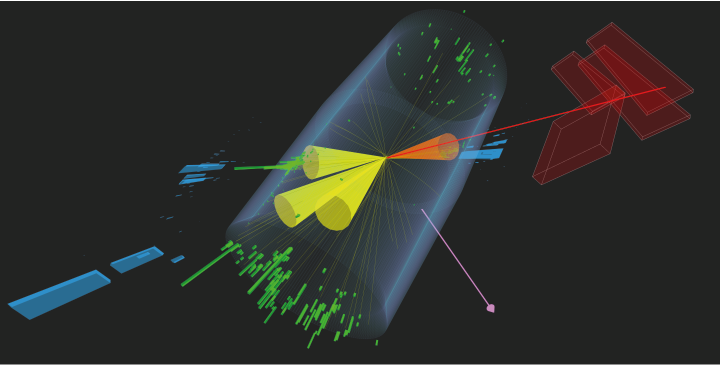Speaker
Description
In the standard cosmological scenario, it is proposed a Universe dominated by radiation just after the inflationary phase and prior to Big Bang Nucleosynthesis (BBN) but actually, there is not much observational information supporting this hypothesis. This research project is intended to take advantage of this gap in our knowledge of cosmic history to modify the post-inflationary period and alter Dark Matter (DM) production through the introduction of a time-dependent inflaton decay rate. The existence of DM in the Universe has been one of the open and more relevant questions in physics and astronomy in the last decades. There are a large number of gravitational evidence about its existence, but there is no conclusive evidence about its nature as a particle. Through the previous decades, a worldwide program focused on discovering this particle has been carried out following three major strategies: direct detection, indirect detection, and production at colliders. Despite the great effort, the DM particle nature remains one of the central mysteries in physics. The important thing is that there is no particle belonging to the Standard Model (SM) of particle physics with the required properties to explain the observed astrophysical phenomena related to DM. Until relatively recently the DM models proposed hinged on a standard cosmology basis, however, due to the enormous difficulty present in detecting this particle, it was evident the necessity to introduce models in different scenarios. According to standard cosmology, the Universe has undergone a series of stages characterized by definite processes and the domination of one component over the rest during its evolution. Summarizing, in its first seconds, the Universe went through three main periods, inflation, reheating, and BBN. In the standard scenario, during inflation, a Universe dominated by a scalar field is hypothesized followed by a period of radiation domination from the end of reheating until BBN. However, there are no reasons to assume that the Universe was radiation-dominated prior to BBN simply because at the moment we do not have much observational information about this period and, in this sense, it is, therefore, possible that the cosmological history featured, for example, an additional early matter-dominated epoch due to e.g. slow post-inflationary reheating or massive metastable particles that dominated the total energy density. Even more exotic scenarios that change the expansion history of the Universe compared to the standard radiation-dominated case can also be realized, all of them are called non-standard cosmologies and they can have significant consequences for the physics of the early Universe. One of the most interesting consequences concerning non-standard cosmologies is that early periods in these scenarios can alter the cosmological abundances of particle species. In particular, they can have a significant impact on our expectations for the DM relic abundance, since non-standard eras can change the expansion rate of the Universe, leading to entropy injections that may dilute the DM relic abundance, or provide a non-thermal production mechanism for DM. In the frame of the present work, it is pretended to develop the phenomenology of a simplified WIMP DM model in a non-standard cosmology with a matter-dominated Universe in the period ranging from the end of inflation and the end of reheating and with a generic time-dependent rate for dissipation of matter into radiation. The main goal of this research project is to find the parameter space for a WIMP particle in the proposed frame able to account for 85% of DM in the Universe and evade the constraints imposed by experiments.

